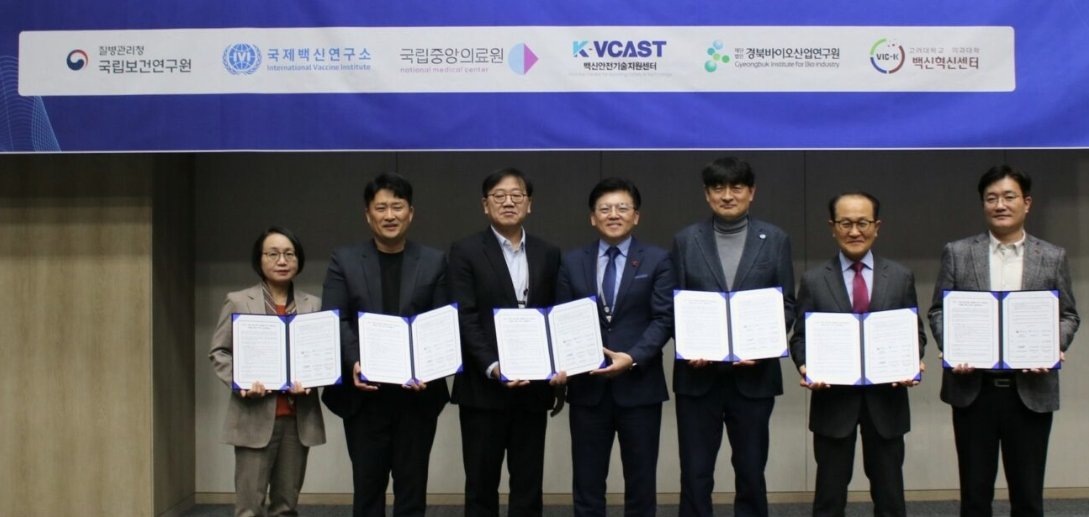
Ms Corissa Leung, Singapore senior director, health industry, Accenture
The challenges of 21st century healthcare will soon exacerbate if two colliding forces are not addressed – rising chronic disease and aging populations. The World Health Organization estimates that by 2015, chronic diseases will account for 64 percent of all deaths and will further accelerate as the retirement population rises to 714 million people in 2020. However, unlike patients with acute symptoms, doctors treating chronic diseases will rely on extensive medical records — often terabytes of clinical data — for informing their care decisions.
The rise of health management services in recent years is a direct response to these deficiencies in the current health care system in addressing the needs of chronic and aging patients. However, most of these "high-touch" models remain flawed, relying on periodic access to specially trained nurses rather than detailed visibility to a patient's ongoing situation. Without engaging on consistent health data, their ability to influence patient outcomes is limited.
Three technologies for health management
With the wide availability of inexpensive connectivity and various health electronics, the consumer infrastructure already exists in many households. The combination of ubiquitous networks and smart devices will increasingly be able to complement patient care – monitoring physiological symptoms, uploading to health records and prompting two-way communication between patients and care providers. Three technologies offer significant potential for shaping better health management, specifically for the chronically ill.
First, the emergence of home solutions for remote monitoring, such as wireless sensors, is enabling patients to capture and share real-time health data with providers. With recent advances to microprocessors, these devices are becoming smaller, cheaper and smarter. They can interface wirelessly with home computers, mobile phones or even remote applications.
Initial evidence supports the benefits of remote monitoring. According to the New England Healthcare Institute, when compared to office visits, the use of remote monitoring for heart failure patients reduced re-admittance rate by 32 percent and more than $1,861 per patient.
Second, analytics offers better ways to identify patterns and interpret patient health data. This enables doctors to conduct the appropriate interventions before an acute situation occurs. For example, with home cameras or sensors, clinicians can monitor an elderly person's activities and can apply predictive analytics for identifying patterns of abnormal behaviors or symptoms.
In other industries, predictive modeling techniques have already been developed for detecting anomalies and predicting potential failures in complex systems like aircraft engines and nuclear power reactors. In such cases, they demonstrate significant savings in maintenance costs while reducing downtime for airlines and power companies. As more detailed physiological, behavioral, and clinical data about individual health consumers becomes readily available, a similar analytical approach could be applied to detect anomalies and predict the trajectories of human health, minimizing or avoiding costly acute episodes.
The third promising new technology category covers a broad range of tools, including user modeling, advanced visualization, decision support and collaboration. Collectively, these technologies enable clinicians and health consumers alike to better use the information available for more effective decision making and actions. For example, video conferencing tools can enable clinicians to provide virtual consultations with secondary specialists and for urgent cases, such as stroke care, there exists only a small window of time to treat patients before the outcome is permanent. These technologies enable instant communication while providing the necessary visual intelligence with the right level of detail.
As recent progress has indicated, these technologies offer significant potential for improving patient outcomes and lowering costs. With the continuing commoditization of computing and communications and the rapid maturation of consumer health devices, these technologies will become increasingly versatile and ubiquitous. Recognizing the tremendous untapped potential of these products offers vast promise in improving the healthcare crisis - caring for chronic diseases and the aging population.




